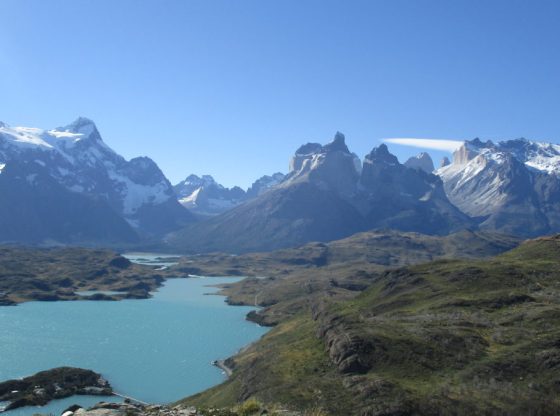This article by Jeffrey Williamson appeared in Climate Liability News on, December 26, 2018.
Climate change litigation is a relatively new front in fighting the accelerating effects of global warming—having jumped to the forefront over the past year with some high-profile cases garnishing international attention. Nonetheless, it might already need a shift in strategy to make it successful worldwide, some experts say.
While courts offer a potentially innovative and structured way to hold governments and corporations accountable for emitting greenhouse gases, the cases have overwhelmingly come from the U.S. and Europe. The legal strategies there have largely either challenged governments’ follow-through on their promises to the Paris Climate Agreement or demanded the fossil fuel industry pay for the damages caused by use of their products.
According to a report by the United Nations, 654 cases have been filed in the United States as of March 2017, with more than 230 cases being filed in all other countries combined. Outside of the United States, the majority come from Australia, the United Kingdom and the European Union.
“Perhaps we need to re-examine the definition of climate change litigation,” Dr. Jolene Lin, director of the National University of Singapore’s Asia-Pacific Centre for Environmental Law, said, noting that “the terminology and conceptual framework that we use to talk about it is developed in the Global North.”
The strategies being used reflect the legal systems in those countries. Liability cases, for example, reflect the strong tort laws that exist in the U.S. In Europe, government promises to cut emissions have been turned into climate plans those governments can be held accountable for. Human rights claims seem to be gaining steam in some developing countries.
A handful of major cases get most of the headlines—including the historic Urgenda decision compelling the Netherlands to reduce emissions and the youth-led case currently trying to force the U.S. government to stop institutionalizing fossil fuel use. Meanwhile, efforts by local communities across the globe have gone overlooked and many contain novel legal strategies.
“The legal system is not aimed at protecting people, protecting communities, or protecting the environment,” said Mari Margil, the Associate Director of the Community Environmental Legal Defense Fund. “You have to take on the legal system itself if you are going to have sustainability or environmental protection…. We need to fundamentally change our relationship with the natural world.” MORE…

